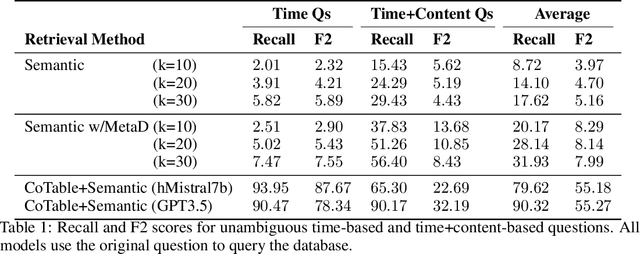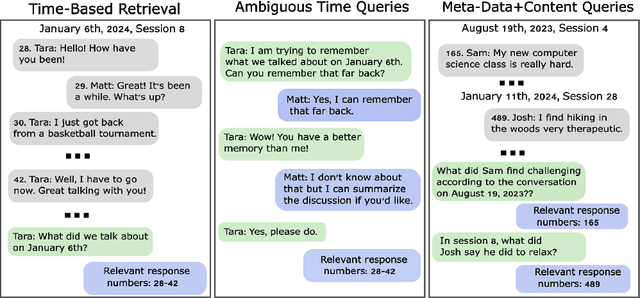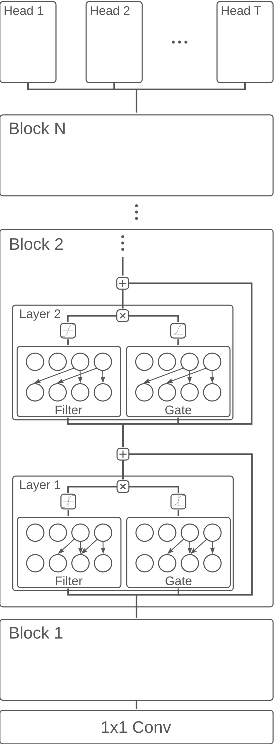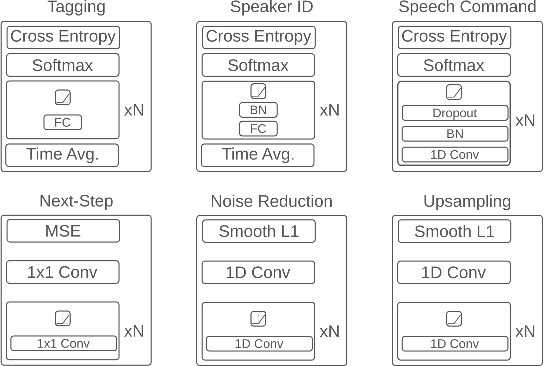Anthony Ndirango
Toward Conversational Agents with Context and Time Sensitive Long-term Memory
May 29, 2024



Abstract:There has recently been growing interest in conversational agents with long-term memory which has led to the rapid development of language models that use retrieval-augmented generation (RAG). Until recently, most work on RAG has focused on information retrieval from large databases of texts, like Wikipedia, rather than information from long-form conversations. In this paper, we argue that effective retrieval from long-form conversational data faces two unique problems compared to static database retrieval: 1) time/event-based queries, which requires the model to retrieve information about previous conversations based on time or the order of a conversational event (e.g., the third conversation on Tuesday), and 2) ambiguous queries that require surrounding conversational context to understand. To better develop RAG-based agents that can deal with these challenges, we generate a new dataset of ambiguous and time-based questions that build upon a recent dataset of long-form, simulated conversations, and demonstrate that standard RAG based approaches handle such questions poorly. We then develop a novel retrieval model which combines chained-of-table search methods, standard vector-database retrieval, and a prompting method to disambiguate queries, and demonstrate that this approach substantially improves over current methods at solving these tasks. We believe that this new dataset and more advanced RAG agent can act as a key benchmark and stepping stone towards effective memory augmented conversational agents that can be used in a wide variety of AI applications.
Understanding the Logit Distributions of Adversarially-Trained Deep Neural Networks
Aug 26, 2021



Abstract:Adversarial defenses train deep neural networks to be invariant to the input perturbations from adversarial attacks. Almost all defense strategies achieve this invariance through adversarial training i.e. training on inputs with adversarial perturbations. Although adversarial training is successful at mitigating adversarial attacks, the behavioral differences between adversarially-trained (AT) models and standard models are still poorly understood. Motivated by a recent study on learning robustness without input perturbations by distilling an AT model, we explore what is learned during adversarial training by analyzing the distribution of logits in AT models. We identify three logit characteristics essential to learning adversarial robustness. First, we provide a theoretical justification for the finding that adversarial training shrinks two important characteristics of the logit distribution: the max logit values and the "logit gaps" (difference between the logit max and next largest values) are on average lower for AT models. Second, we show that AT and standard models differ significantly on which samples are high or low confidence, then illustrate clear qualitative differences by visualizing samples with the largest confidence difference. Finally, we find learning information about incorrect classes to be essential to learning robustness by manipulating the non-max logit information during distillation and measuring the impact on the student's robustness. Our results indicate that learning some adversarial robustness without input perturbations requires a model to learn specific sample-wise confidences and incorrect class orderings that follow complex distributions.
Generalization in multitask deep neural classifiers: a statistical physics approach
Oct 30, 2019



Abstract:A proper understanding of the striking generalization abilities of deep neural networks presents an enduring puzzle. Recently, there has been a growing body of numerically-grounded theoretical work that has contributed important insights to the theory of learning in deep neural nets. There has also been a recent interest in extending these analyses to understanding how multitask learning can further improve the generalization capacity of deep neural nets. These studies deal almost exclusively with regression tasks which are amenable to existing analytical techniques. We develop an analytic theory of the nonlinear dynamics of generalization of deep neural networks trained to solve classification tasks using softmax outputs and cross-entropy loss, addressing both single task and multitask settings. We do so by adapting techniques from the statistical physics of disordered systems, accounting for both finite size datasets and correlated outputs induced by the training dynamics. We discuss the validity of our theoretical results in comparison to a comprehensive suite of numerical experiments. Our analysis provides theoretical support for the intuition that the performance of multitask learning is determined by the noisiness of the tasks and how well their input features align with each other. Highly related, clean tasks benefit each other, whereas unrelated, clean tasks can be detrimental to individual task performance.
Label-efficient audio classification through multitask learning and self-supervision
Oct 19, 2019



Abstract:While deep learning has been incredibly successful in modeling tasks with large, carefully curated labeled datasets, its application to problems with limited labeled data remains a challenge. The aim of the present work is to improve the label efficiency of large neural networks operating on audio data through a combination of multitask learning and self-supervised learning on unlabeled data. We trained an end-to-end audio feature extractor based on WaveNet that feeds into simple, yet versatile task-specific neural networks. We describe several easily implemented self-supervised learning tasks that can operate on any large, unlabeled audio corpus. We demonstrate that, in scenarios with limited labeled training data, one can significantly improve the performance of three different supervised classification tasks individually by up to 6% through simultaneous training with these additional self-supervised tasks. We also show that incorporating data augmentation into our multitask setting leads to even further gains in performance.
 Add to Chrome
Add to Chrome Add to Firefox
Add to Firefox Add to Edge
Add to Edge